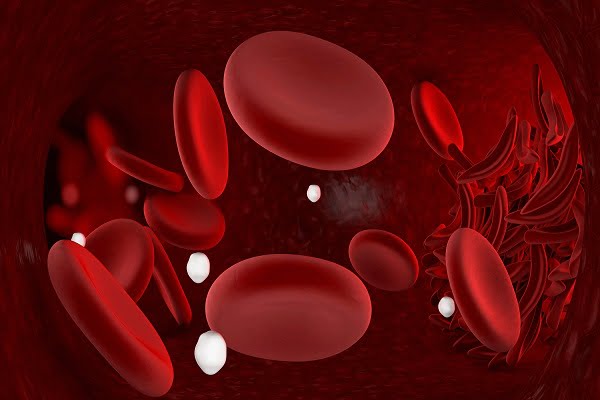Browsing: Bone Health

The page provides quick access to a list of common diseases, syndromes, health conditions, and other topics of health importance related to bones and joints. The list is organized alphabetically. Links are provided to respective diseases sections that serve as a comprehensive and ultimate guide about the disease or health condition.
Bones make the structural framework of the body. It provides structural support and helps in movement of the body. A joint indicates a junction of two or more bones such as knee, hip, elbow, or shoulder. Bones and joints are damaged by different types of injuries or diseases. Its treatment mainly depends on its cause and may vary from person to person.
One of the most common symptoms of bones and joints disorders is pain and difficulty in movement of the affected region. The symptoms of bones and joint diseases may range from mild to severe, and in severe cases, the disease may be chronic and spread to other body parts.
Diseases and injuries of bones and joints majorly indicate abnormalities of the human skeletal system. The universal cause of bone disorders includes physical injury, fracture and effect of other diseases. Doctors may refer these bone and joint injuries as conditions that were more mechanical than metabolic body changes.
Bone and joint disorders are one which affects the musculoskeletal system of the body, such as osteoporosis, arthritis, bone cyst, osteomyelitis and hypocalcaemia and bone cancer. Here are listed common bones and joint diseases for your review. Click on any of them to redirect to respective disease containers.
Almost 90% of the times, gout involves joints in the lower extremities of your body. The classic location for gout to occur is the large joint in the big toe. Podagra is the medical term for inflammation at the base of the big toe. However, gout can also affect many other joints.
What is A Bone Density Test for Osteoporosis (Bone Mineral Density, BMD Test)?
Osteoporosis Diagnosis For diagnosing osteoporosis, the doctor reviews medical history of the patient and perform a physical exam. Some blood…
A simple jawbone infection is quite common and could be caused by a bacteria or fungi when a dental cavity remains untreated. If left untreated, the infection can travel into the jawbone and can cause serious health issues. Most of the infections in the jaw are usually treated simply with standard antibiotics.
Hypocalcaemia is a biochemical condition characterized by low levels of calcium in your blood. When it occurs in babies, it is known as neonatal hypocalcaemia. It may occur at different times due to different reasons. Hypocalcaemia is defined based on both gestational and postnatal ages in neonates or infants.
Osteomyelitis: Definition and Overview
Osteomyelitis is the infection of bone (or bone marrow). In this condition, an inflammation occurs when a bacterial or fungal infection invades the bone tissue. A bone can become infectious in many ways such as when the infection spreads from one part of the body to another part through the bloodstream.
You will need a surgical intervention in osteomyelitis (bone infection) when an abscess or a ball of pus develops and the pus needs to be drained out or when the infection is compressing other important structures such as spinal cord and nerve compression in case if spinal infection.
Ionized calcium is the calcium in your body which is free or unbound to serum protein. It is also known as free calcium. Ionized calcium is biologically active and physiologically usable form of calcium. It also regulates the hormones involved in calcium homeostasis such as parathyroid hormone, calcitonin and vitamin D.
Problems Due to Calcium Deficiency: Is Low Calcium Dangerous?
The low level of calcium in your body is indicative of either deficiency of calcium or vitamin D or both, since vitamin D is necessary for absorption of calcium from your dietary sources. 99% of your body calcium is stored in teeth and bone as an in-house reservoir.
Infection of hip bone is a rare medical condition which generally happens after total hip replacement surgery. During a hip infection, germs such as bacteria, viruses, fungi and parasites get into the bone and joints and reproduce themselves. A bacterium called Staphylococcus aureus is responsible for most bone and joint infections in children.
Osteoporosis is a disease of bone that occurs with a decrease in the density of bones resulting in soft bones that are prone to fracture easily. It occurs particularly when the body loses too much bone or makes too little of them. Osteoporosis literally means porous bone (that is a bone that is compressible.













